24/7 EMERGENCY SERVICE LINE
+1 (630) 329-9511
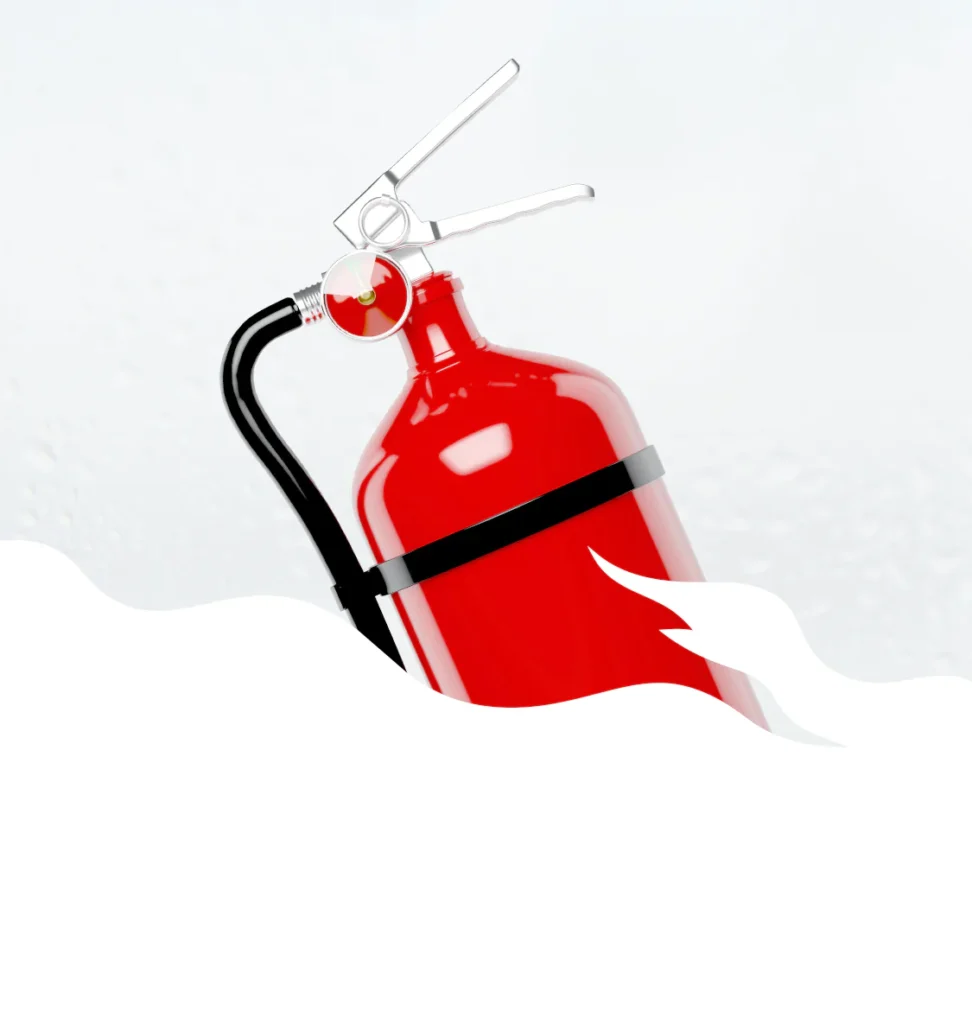
When it comes to fire safety, your first line of defense is a working extinguisher. You need tools that will help combat a small fire so it doesn’t turn into a major emergency – and we’re here to make sure it’s ready to go.
At Pyro Fire Protection, Inc., we make sure every extinguisher is properly installed and regularly maintained. Our team checks each unit to help keep your space safe and up to code. Being prepared is the best way to protect what matters!
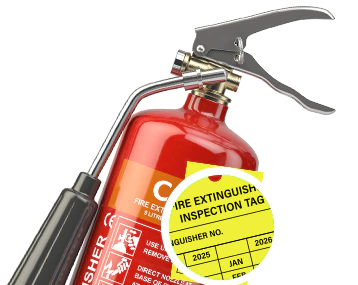
During a fire extinguisher inspection, we make sure each unit works effectively and is ready for use. We check every part to identify any damage, corrosion, or expired tags. We also confirm that your extinguisher is easy to access in case of an emergency. If anything is missing or not working, we recommend replacement right away.
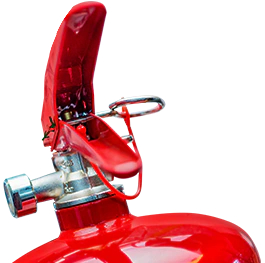
If an extinguisher is damaged, empty, or outdated, we clean it, refill it, and replace any parts. We make sure it’s ready to use if an emergency happens. You don’t need to worry about the details – Pyro Fire Protection, Inc. handles everything.
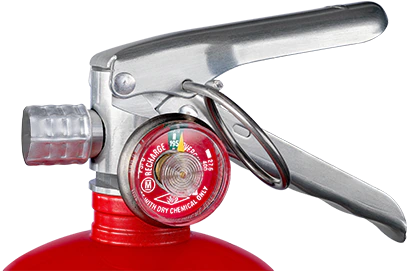
Testing helps find hidden problems before they become serious. If anything fails during testing, we take care of it right away.
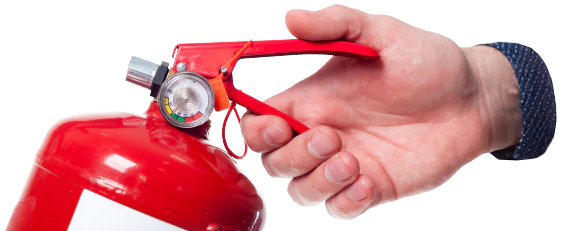
We offer fire extinguisher training so you and your team know how to respond in an emergency. Our training covers how to choose the right extinguisher, when to use it, and how to use it safely. We also teach the PASS method – Pull, Aim, Squeeze, and Sweep. Hands-on practice is included.
Prepared for Today,
Protected for Tomorrow
The National Fire Protection Association 10, Standard for Portable Fire Extinguishers, requires annual certification of fire extinguishers. From selecting the right extinguisher for your location to ensuring that it is certified and ready if you need it, you can be sure that Pyro Fire Protection, Inc. will have you compliant year after year.
Any commercially occupied area, whether a building or storage yard, must have fire extinguishers to protect it. Suppose you don’t know where or how many fire extinguishers you may need for your business. In that case, our technicians can aid you in developing a fire protection plan regarding the number and placement of fire extinguishers as per NFPA 10 and local and state codes.
Because Fire Safety Isn’t Optional – It’s Essential.
We inspect, service, and certify all major fire extinguisher types: ABC Dry Chemical, BC Dry Chemical, Class K, Clean Agent, CO₂ (Carbon Dioxide), Dry Powder, and Water extinguishers.
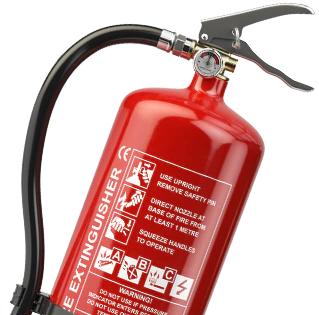
A versatile extinguisher, used on Class A (ordinary combustibles), Class B (flammable liquids), and Class C (electrical) fires. Commonly found in offices, warehouses, and vehicles.
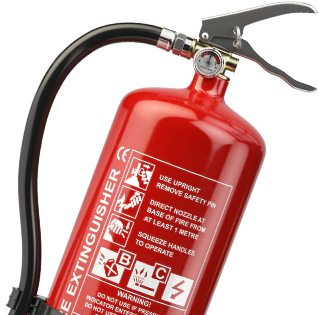
Designed for Class B and Class C fires – ideal for areas with flammable liquids or electrical equipment, but not suitable for ordinary combustibles.
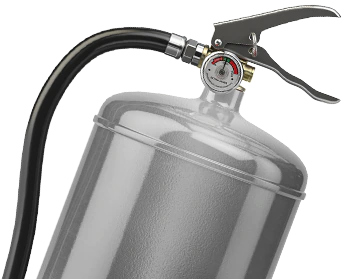
Specifically made for commercial kitchens, these extinguishers tackle fires involving cooking oils and fats.
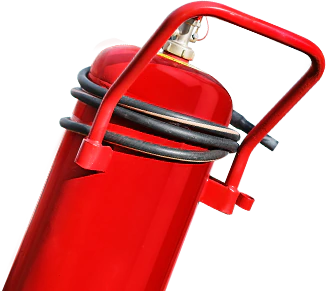
A non-conductive and residue-free solution, perfect for protecting sensitive equipment such as computers, data centers, and electrical panels.
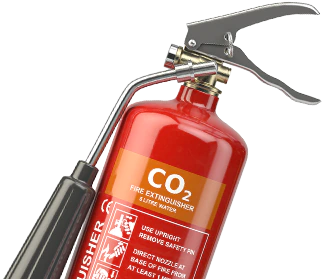
Effective on Class B and Class C fires, this extinguisher leaves no residue. It’s great for electrical rooms or areas with electronics.
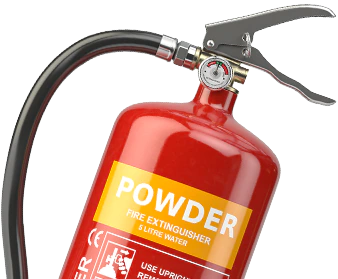
Specialized units for Class D fires, involving combustible metals such as magnesium, titanium, and sodium.
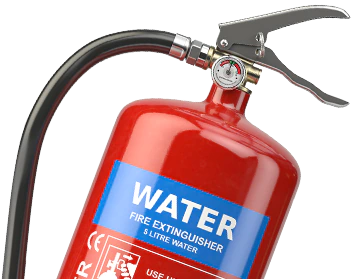
Basic but effective, these extinguishers are used for Class A fires only (wood, paper, fabric) and are not suitable for flammable liquids or electrical fires.
Let Us Help You Prepare Before Emergencies Happen!
We check the pressure gauge to ensure it shows the correct level. If the unit is damaged, missing parts, or shows signs of corrosion, we will service it properly. We look for any leakage, make sure the discharge lever moves properly, and confirm it will operate in an emergency.
If needed, the agent cylinder will be hydrostatically tested to check its strength. Hydrostatic testing is required every 12 years, depending on the type of extinguisher. Regular maintenance is key, no matter what!
Yes, fire extinguishers do expire. Most last between 10 and 15 years, depending on the type and how well they are maintained. Look for the manufacturer’s date or expiration tag on the label. If the unit is damaged, rusted, or loses pressure, it should be replaced sooner.
You should also have it inspected every year to make sure it still works. An expired extinguisher may not work during an emergency, so always check the date.
The type of extinguisher your business needs depends on what kind of fire risks are present. If you have paper and wood, you need a Class A extinguisher. For flammable liquids, use Class B. For electrical equipment, Class C is best.
Kitchens need Class K extinguishers. Many businesses use ABC models because they work on all three major fire types. We can help you choose the right one based on your building and equipment.
ABC and BC extinguishers differ in what types of fires they can fight. ABC extinguishers work on fires caused by paper, liquids, and electrical equipment, while BC extinguishers are only for liquid and electrical fires.
ABC models are more common because they cover more fire types. BC extinguishers are used where paper or wood fires are not a risk. Knowing the difference helps you choose the right extinguisher for your space and ensures better safety in an emergency.
To store a fire extinguisher properly, you should keep it in a visible and easy-to-reach place. Mount it on a wall using the right bracket so it doesn’t fall or get damaged. Avoid storing it near heat sources or in areas with extreme cold. Make sure nothing blocks it, and that everyone knows where it is. Check the label for any special instructions.